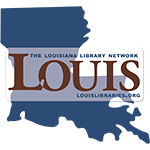Western Civilization II
Topic outline
-
Welcome to Western Civilization II
Course Introduction
Welcome to Western Civilization 2. This class will discuss the history of Western Civilization (primarily Europe and North America) from the year 1500 CE to the present. You will learn about major events, countries, ideas, and people and the impact that these had on their times and on how history developed. This knowledge is important for you to have because you are a person who lives in a diverse society shaped by these events and ideas. The ultimate goal of this class is to help you understand how the flow of history has impacted the present and to help you understand the world you find yourself in now.
Upon successful completion of this course, the student will be able to:
- Identify major countries, empires, and civilizations of Western Civilization from the Reformation to the present.
- Define key terms and facts about major countries, empires, and civilizations of Western Civilization from the Reformation to the present.
- Demonstrate critical thinking skills by analyzing the cause and effect of political, economic, cultural, philosophical, religious, and social developments in Western Civilization from the Reformation to the present.
Adopting institution should provide learners information on how to navigate the course. Consider adding an introductory navigation video. Text description could include, for example:Structure of the Course
This course consists of 11 modules, as well as an introductory week, a midterm week, and finals week. Each module will coincide with a chapter from the Pressbooks textbook for this course. Students will be responsible for weekly assignments, quizzes, and discussion forums.
Navigating the Course
This course is set up in Modules covering various topics which may be accessed from the course navigation menu on the left or by scrolling below. Modules may be collapsed in the menu and it the body of the course to minimize scrolling. Each module includes the relevant chapters followed by various activities, which may include discussion forums, listening activities and quizzes, practice quizzes, module tests, and other relevant activities as appropriate for each module. Many items are required and may be marked as completed automatically when the activity has been submitted (the broken check box), but others will marked as done by the student (the solid check box).Please move through the items below and continue through the Learner Support and Getting Started modules before moving on to Module 1. Be sure to check for announcements and due dates to stay on track.
 This course and its contents, developed by Maya Banks, Sherman Houston Jr., Kevin McQueeney, Constance Milton, Lise Namika, Natasha Whitton, and Wesley Welch, are licensed under a Creative Commons Attribution 4.0 International License by LOUIS: The Louisiana Library Network, except where otherwise noted.
This course and its contents, developed by Maya Banks, Sherman Houston Jr., Kevin McQueeney, Constance Milton, Lise Namika, Natasha Whitton, and Wesley Welch, are licensed under a Creative Commons Attribution 4.0 International License by LOUIS: The Louisiana Library Network, except where otherwise noted. -
Back Matter
-
Western Civilization II Syllabus (file will be downloaded and appear in downloads list)
-
-
This module contains all the items you should review and complete before you begin Module 1. Before moving on, be sure to:
- Check the News and Announcements Forum
- Read the Course Syllabus
- Introduce yourself to the class
- Read the instructions for the Q & A Forum
Good luck in the course!-
Use this forum to tell us a little about yourself and your interests. Some topic ideas:
- What is your field of study/research interest or concentration?
- What are you most interested in learning about in this class and why?
- Have you ever taken an online class before?
- Any other information you would like to share with your classmates, such as special interests or activities.
Post a picture! We look forward to meeting you.
-
Use this forum to ask your instructor any questions you have about the course. You may post at any time, and your instructor will respond here. Be as specific as possible.
Please keep in mind that others can see your posts, so do not post any personal information. If you have questions about your grade, please email your instructor directly. You can expect a response to posts and emails within [X] hours. [Recommendation is 24 hours M-F, next business day on weekends.]
Subscription should be set to Auto.
- Check the News and Announcements Forum
-
Use the information in this module to customize the template to your needs. This module is currently hidden from students, and available for you to refer to throughout the semester.
-
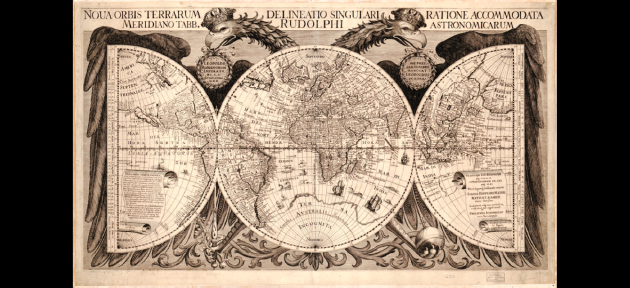
What is history? Is it simply a record of things people have done? Is it what writer Maya Angelou suggested—a way to meet the pain of the past and overcome it? Or is it, as Winston Churchill said, a chronicle by the victors, an interpretation by those who write it? History is all this and more. Above all else, it is a path to knowing why we are the way we are—all our greatness, all our faults—and therefore a means for us to understand ourselves and change for the better.But history serves this function only if it is a true reflection of the past. It cannot be a way to mask the darker parts of human nature, nor a way to justify acts of previous generations. It is the historian’s task to paint as clear a picture as sources will allow.
Will history ever be a perfect telling of the human tale? No. There are voices we may never hear. Yet each new history book written and each new source uncovered reveal an ever more precise record of events around the world. You are about to take a journey into human history.
This seventeenth-century projection map of the world, prepared by cartographer Philip Eckebrecht for the noted German astronomer Johannes Kepler, gives a sense of the breadth of territory this text will cover. As we see later in this chapter, maps often reflect the maker’s perception of geographical realities.
(credit: The Whole World. Modification of work “A Modern Depiction of the World” by Library of Congress/Wikimedia Commons, Public Domain)
Upon completion of this module, you will be able to:
- Identify the role history plays in higher education and how its study build skills for lifelong learning and success
- Summarize the historical development of the term “Western Civilization”
- Identify, analyze, and interpret different types of primary sources
- Describe causation as it is used in the study of history
To achieve these objectives:
- Read the Module 1 Introduction.
- Read Chapter 1 in Western Civilization II.
- Complete the assessments and discussion questions below.
Module Pressbooks Resources and Activities
You will find the following resources and activities in this module at the Pressbooks website. Click on the links below to access or complete each item.
-

The sixteenth century was a time of momentous change in Europe. Europe experience the tumult of the Protestant Reformation and subsequent wars of religion. The Age of Exploration began in the late 1400s with forays into the Atlantic by two European nations—Portugal and Spain. This module examines these early forays to the "New World," as well as the ventures of other European players including England, France, the Netherlands, and Denmark. This module also details the exploding web of connections in the Atlantic World—the Columbian Exchange, the colonization of the Americas, and the development of the Atlantic slave trade—and how these systems forever changed people’s understanding of what the world was like and the face and direction of history.
(Credit: "On Board A Slave Ship," John Swain, Wikimedia Commons, Public Domain)
Upon completion of this module, you will be able to:- Discuss the spread of Protestantism in Europe and the wars of religion
- Explain the motives for Spanish and Portuguese exploration in the Americas and how technological innovations in the fifteenth century made transatlantic journeys possible
- Describe the physical and cultural ramifications of the Columbian Exchange
- Describe the theory of mercantilism and the workings of the triangular trade
- Discuss the way market forces influenced the development of labor-intensive agriculture in the Americas
To achieve these objectives:
- Read the Module Introduction.
- Read Chapter 2 in Western Civilization II.
- Complete the assessments and discussion questions.
Module Pressbooks Resources and Activities
You will find the following resources and activities in this module at the Pressbooks website. Click on the links below to access or complete each item.
-
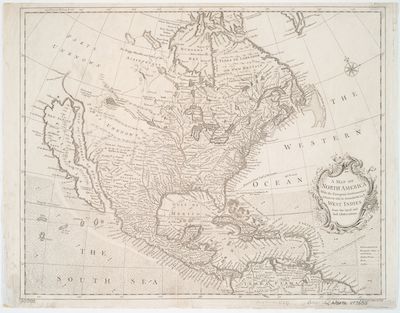
In the eighteenth and nineteenth centuries, the world’s great oceans effectively became highways as European explorers, merchants, and laborers proved willing to journey greater distances than they had in the past and traveled to new destinations in the Americas, Africa, and Asia. New economic systems propelled exploration, communication, interaction, exchange, and—in many tragic cases—exploitation. This module explores these expanded networks and their impacts, including the transformations experienced by communities in Asia, Africa, and the Americas that had once had little or no contact with one another. This module examines how some groups embraced the newcomers as trading partners or political allies, gaining access to new goods and sometimes profiting for a time, while others resisted the newcomers, often at great cost to themselves.
(Credit: "A map of North America : with the European settlements & whatever else is remarkable in ye West Indies, from the latest and best observations," Richard William Seale, Wikimedia Commons, Public Domain)
Upon completion of this module, you will be able to:- Explain the motivations behind European settlements in North America
- Explain how climate, economics, and geography affected the founding and growth of colonial settlements
- Analyze Indigenous responses to European colonization in the Americas
- Explain how the Seven Years’ War established a new balance of power in Europe
- Explain the evolution of economic theories from mercantilism to capitalism
To achieve these objectives:
- Read the Module 3 Introduction.
- Read Chapter 3 in Western Civilization II.
- Complete the assessments and discussion questions.
**This module could contain a midpoint check for the final project. This may include a proposal, a building block to the project, or a portion of the project.
Module Pressbooks Resources and Activities
You will find the following resources and activities in this module at the Pressbooks website. Click on the links below to access or complete each item.
-
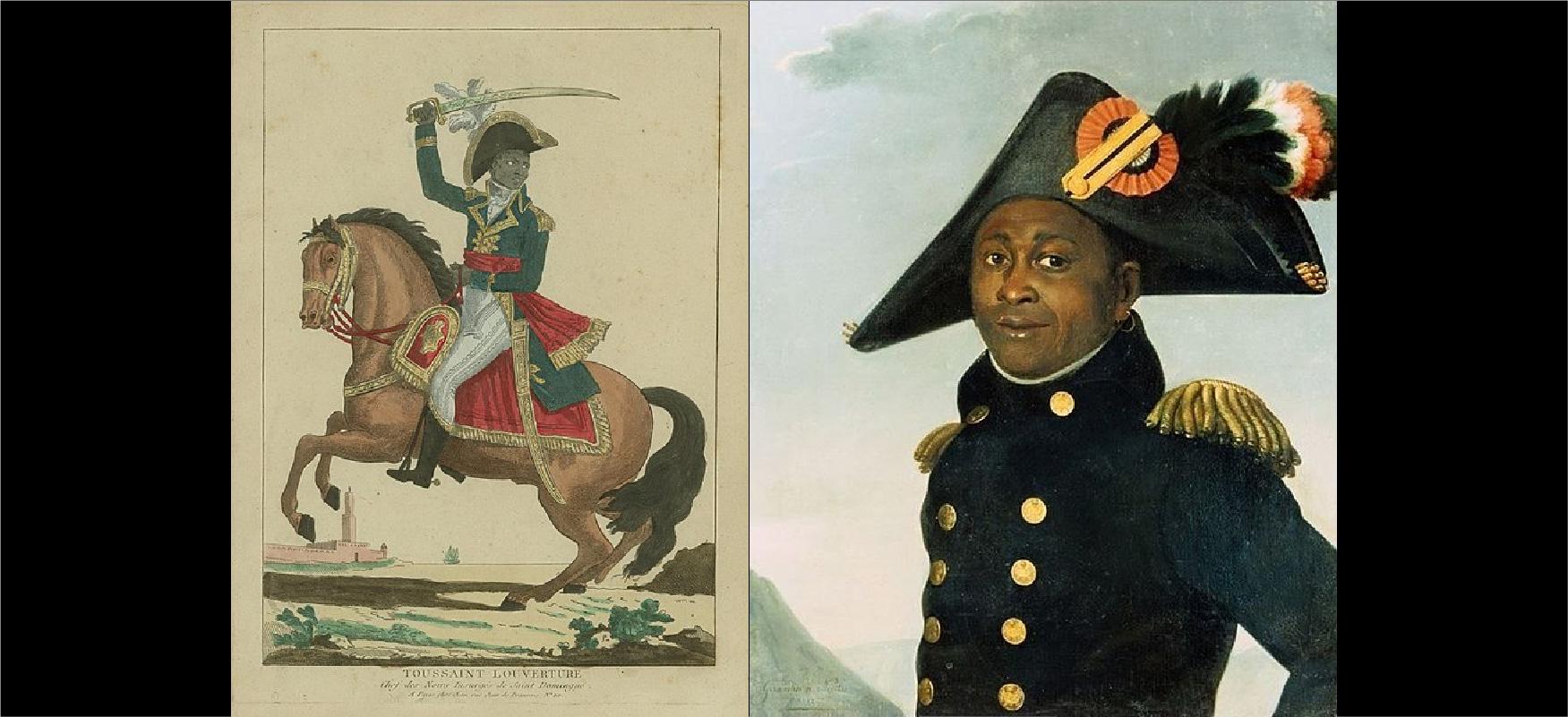
The period of the late 18th and early 19th centuries is a fascinating time, marked by revolutionary upheaval and change across the Atlantic World. The American and French Revolutions were momentous events Key figures like Toussaint L' Ouverture, the spearhead of the Haitian Revolution, were deeply influenced by Enlightenment principles, fostering a spirit of critical thought that ignited a series of revolutions. Burgeoning ideas challenged conventional political structures and hierarchies, sparking debates about individual rights and the scope of royal and religious authority.
(credit left: modification of work “Portrait of Toussaint Louverture” by John Carter Brown Library/Wikimedia Commons, Public Domain; credit right: modification of work “Toussaint Louverture” by Jeangagnon/Wikimedia Commons, Public Domain)Upon completion of this module, you will be able to:1. Explain the relationship between scientific developments and the Enlightenment2. Discuss major theories of natural rights3. Analyze Enlightenment ideas about the social contract and the consent of the governedTo achieve these objectives:
- Read the Module 4 Introduction.
- Read Chapter 4 in Western Civilization II.
- Complete the module discussion forum and quiz.
Module Pressbooks Resources and Activities
You will find the following resources and activities in this module at the Pressbooks website. Click on the links below to access or complete each item.
- Read the Module 4 Introduction.
-
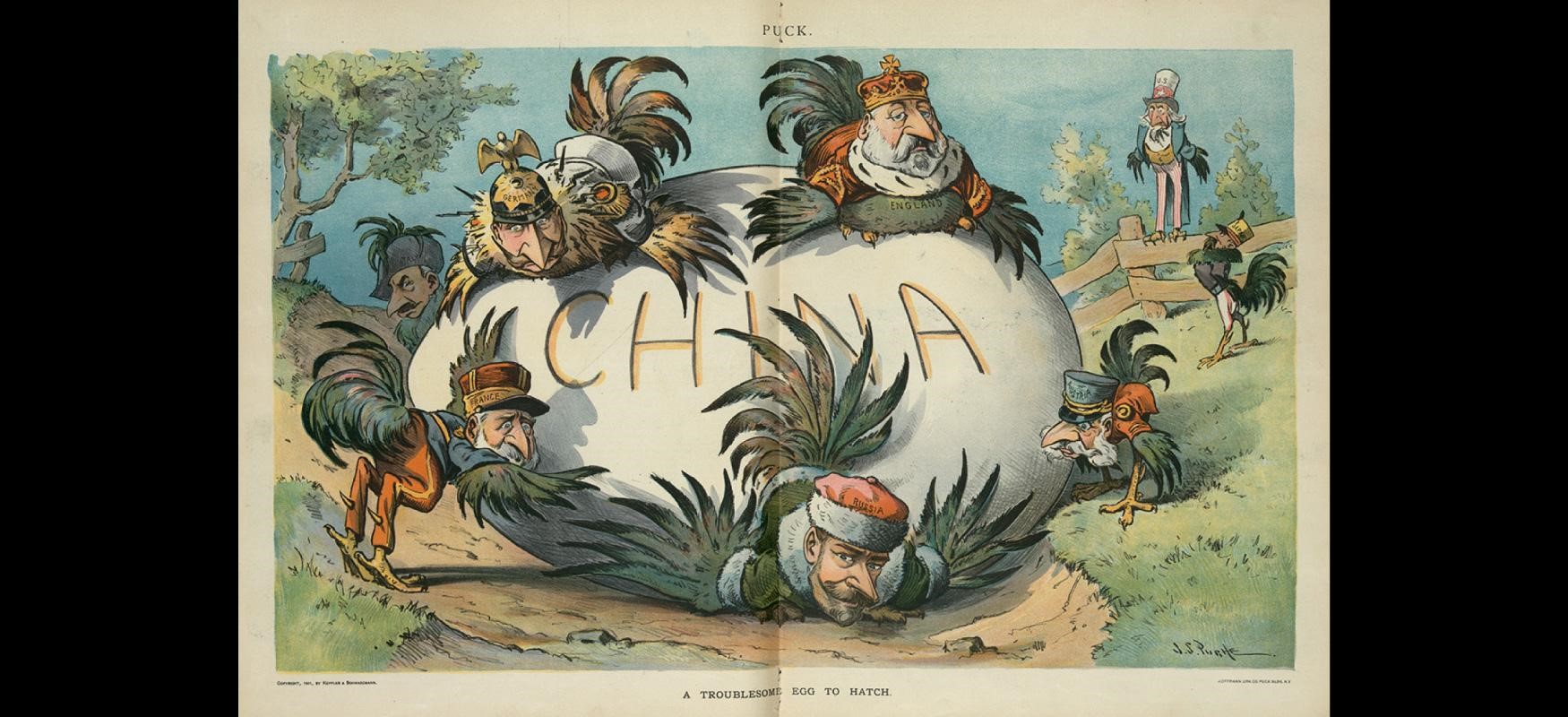
The Industrial Revolution, beginning in Great Britain in the 18th century, followed by the United States, France, Belgium, and Germany, will dramatically change the West. How these nations harnessed the power of water and steam to revolutionize the production of goods like textiles, iron, steel, and machinery components, is a fascinating story. Additionally, there were important advancements in transportation and communication, particularly the locomotive, steamboat, and telegraph, that will radically change lifestyles and work dynamics. By the end of the 19th century, industrialization moved beyond the United States and Western and Central Europe.
(credit: modification of work “A troublesome egg to hatch” by LOC Prints and Photographs Division/Library of Congress)
Upon completion of this module, you will be able to:1. Describe the technological innovations of the Second Industrial Revolution.2. Describe the spread of industrialization beyond western and central Europe and the United States.3. Explain the obstacles to industrialization facing countries in Asia, North Africa, and Latin America in the nineteenth century.To achieve these objectives:
- Read the Module 5 Introduction.
- Read Chapter 5 in Western Civilization II.
- Complete the module discussion forum and quiz.
Module Pressbooks Resources and Activities
You will find the following resources and activities in this module at the Pressbooks website. Click on the links below to access or complete each item.
- Read the Module 5 Introduction.
-
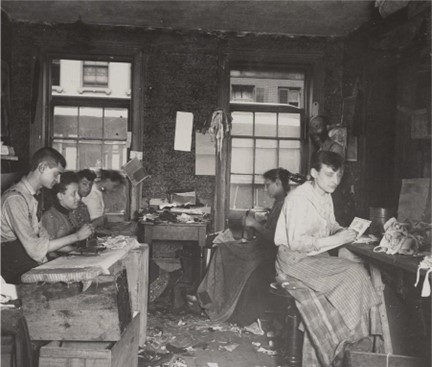
The Second Industrial Revolution, which began in the second half of the nineteenth century and lasted until the start of World War I, brought about radical changes to national economies and international trade. Workplaces, homes, cities, and the experiences of entertainment, art, and literature were completely reshaped. Even the family underwent significant changes. This chapter focuses on the social and cultural transformations that accompanied the technological innovations of the nineteenth and early twentieth centuries. > Jacob A. Riis, an American social reformer and documentary photographer, often took photographs depicting urban life, such as this image of men and women sewing and ironing in a tenement factory around 1889.
(Credit: Riis, Jacob A, photographer. Necktie workshop in a Division Street tenement. New York, ca. 1889. Photograph. https://www.loc.gov/item/2002710291/.)
Upon completion of this module, you will be able to:- Describe the effects on everyday and work life of the major innovations of the late nineteenth and early twentieth centuries
- Discuss the abolition of slavery and serfdom during the Second Industrial Revolution
- Analyze the
effectiveness of government regulation of the industrial workplace and of city
life
- Analyze nineteenth- and early twentieth-century labor and social reform movements, including socialism
To achieve these objectives:
- Read the Module 6 Introduction.
- Read Chapter 6 in Western Civilization II.
- Complete the assessments and discussion questions.
Module Pressbooks Resources and Activities
You will find the following resources and activities in this module at the Pressbooks website. Click on the links below to access or complete each item.
-
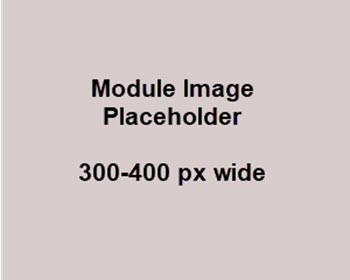 In this module you will take your midterm exam/exam # [choose one] OR submit your midterm assessment for this course.
Read the instructions carefully and take note of any special submission guidelines.
In this module you will take your midterm exam/exam # [choose one] OR submit your midterm assessment for this course.
Read the instructions carefully and take note of any special submission guidelines. NOTE: Include this module for each exam or major assessment, edited as needed. Include attribution of your image (Title, Author, Source, License).
Upon completion of this module, you will have:
- Read and viewed the [midterm assessment name] instructions
- Scheduled your exam with the proctoring service [if applicable, delete if not needed]
- Prepared for and submitted your midterm assessment [revise as needed]
To achieve these objectives:
- Read and view the contents of "Exam Information and Instructions" [if applicable, delete if not needed]
- Review the [midterm assessment] guidelines in your syllabus to make sure you are ready. Click on [Title of Assessment below] and follow the instructions.
- Log in to the proctoring service and take your exam. [if applicable, delete if not needed]
-
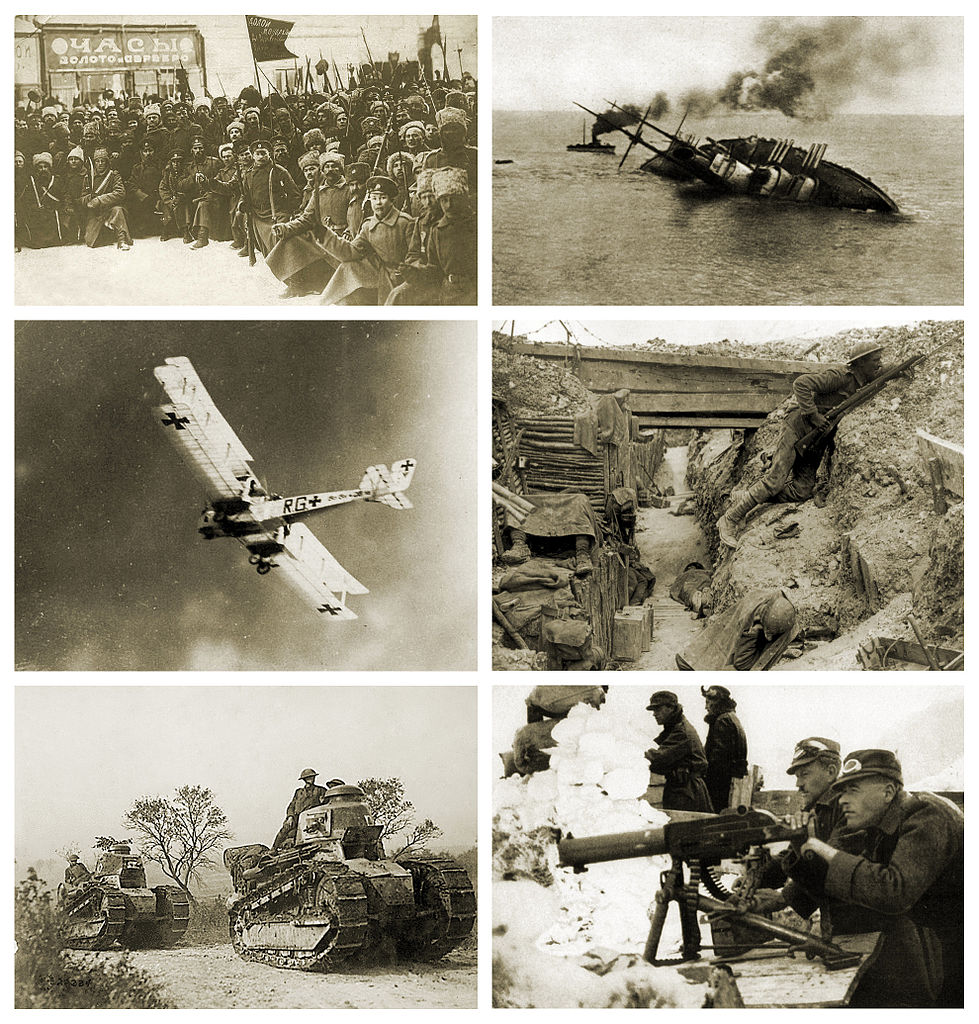
The War to End All Wars is what they called it. World War I was supposed to end all the world troubles. Nationalism, imperialism, and social/ethnic issues play a vital role in the spark of World War I. This chapter will provide in context the causes, issues, events before, during, and the aftermath of the war. Through this chapter one will be able to analyze issues and events to determine why this war occurred and its effect in the 20th century.
(Credit: Wikimedia Commons License- Creative Commons - Share Alike Author-Fulvio314)
Upon completion of this module, you will be able to:
- Explain the causes of World War I
- Describe major events and battles within the war as well as their effects on society
- Discuss the aftermath of the war and its effect on Europe
- Describe the events that led to revolution in Russia as well the decline of the Ottoman Empire
- Discuss the roles that women, both white and African American, played in the war effort
To achieve these objectives:
- Read the Module 7 Introduction.
- Read Chapter 7 in Western Civilization II.
- Complete the Module Discussion Forum and Quiz.
Module Pressbooks Resources and Activities
You will find the following resources and activities in this module at the Pressbooks website. Click on the links below to access or complete each item.
- Explain the causes of World War I
-
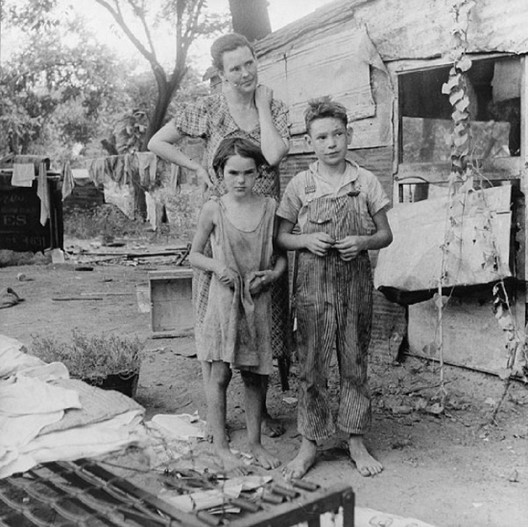
The interwar years of the 1920s and 1930s saw a world recovering from the upheaval of World War I. People reacted differently to the horrors of the conflict, but many chose to embrace the present, and the 1920s were filled with new forms of cultural expression and new opportunities. In Europe the economy still lagged, but in other parts of the world economic growth soared. By the 1930s, however, economic instability had become common as the Great Depression plunged nations into poverty and unemployment. Governments dealt with the downturn in a variety of ways, but solutions in several countries included more authoritarian policies.
(credit: “Poor mother and children, Oklahoma, 1936 by Dorothea Lange” by Library of Congress/Wikimedia Commons, Public Domain)Upon completion of this module, you will be able to:
- Describe World War I’s immediate aftermath, including the provisions of the Treaty of Versailles, the breakup of the Ottoman Empire, and the effect on the economies of Europe and the United States
- Describe the Soviet Union’s early years and the structure of its
government, including analyzing Stalin's first Five-Year Plan
- Explain the causes and effects of the Great Depression and possible connections to communism and fascism
- Analyze the similarities and differences among fascist Italy, Nazi
Germany, and Stalin’s Soviet Union
- Describe the expansion of liberty and civil rights in Western Europe and the United States during the interwar period, while colonialism continued
To achieve these objectives:
- Read the Module Introduction.
- Read Chapter 8 in Western Civilization II.
- Complete the assessments and discussion questions.
Module Pressbooks Resources and Activities
You will find the following resources and activities in this module at the Pressbooks website. Click on the links below to access or complete each item.
-
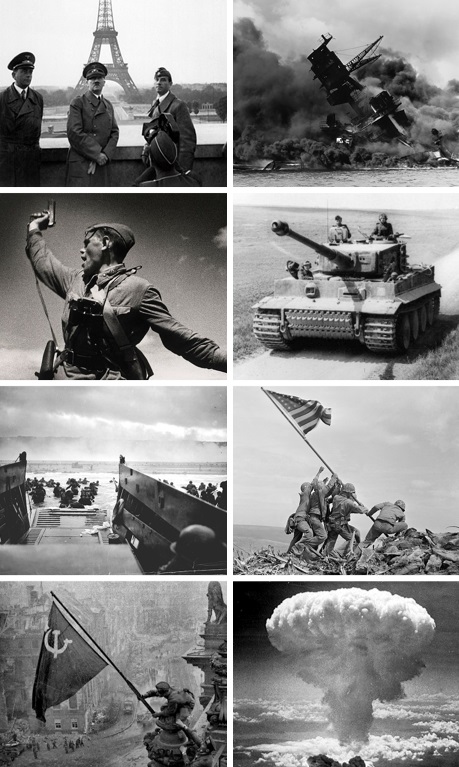
World War II is considered the world's most destructive war in destruction as well as massive loss of life. Lasting 6 years, over 61 million would perish soldier and civilian alike. No war has been as destructive since. In this chapter, the causes are discussed in detail to provide a clear message as why this war became inevitable and the effects of the war on Europe as a whole.
(Credit: Wikimedia Commons Author: Gozei License: Creative Commons - ShareAlike)
Upon completion of this module, you will be able to:
- Discuss in detail the economical, political, and military causes of World War II
- Discuss the different Theaters of of the war and the events in each
- Discuss the effects of the war on civilian life
- Discuss the causes and system of the Holocaust
To achieve these objectives:
- Read the Module 9 Introduction.
- Read and view the materials in the Module 9 Pressbooks book.
- Read Chapter 9 in Western Civilization II.
- Complete the Module Assignment and Discussion Forum.
Module Pressbooks Resources and Activities
You will find the following resources and activities in this module at the Pressbooks website. Click on the links below to access or complete each item.
- Discuss in detail the economical, political, and military causes of World War II
-
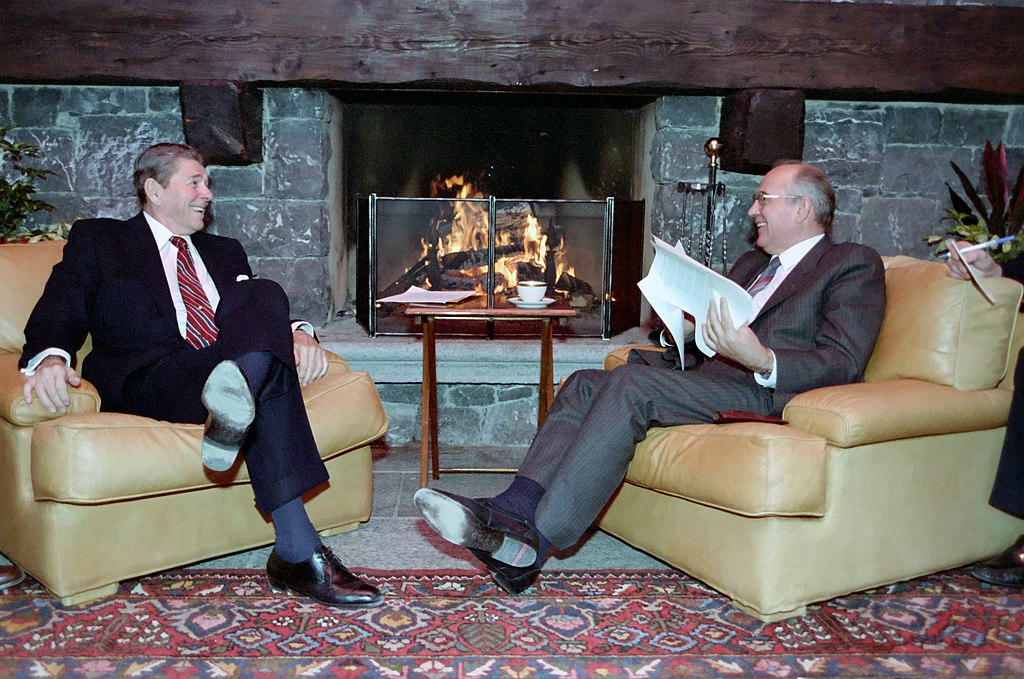
The Cold War dramatically impacted Western countries' global standing and domestic development. The new ideological competition between the United States and the Soviet Union defined the post-1945 world. Simultaneously, decolonization and the non-aligned movement fostered new relationships, opportunities, and challenges for all countries. As the Cold War changed under the weight of the Cuban Missile Crisis, the Vietnam War, and Detente, new challenges materialized. At each step along the way, Europe played a big part in shaping the new, post-1945 world order.
(Credit: President Ronald Reagan and Soviet General Secretary Gorbachev at The First Summit in Geneva Switzerland. Reagan White House Photograph Series, 1985. This file is a work of an employee of the Executive Office of the President of the United States, taken or made as part of that person's official duties. As a work of the U.S. federal government, it is in the public domain.)
Upon completion of this module, you will be able to:
- Explain how the Cold War impacted the world and the West in particular
- Discuss the impact of non-alignment and the changing nature of the Cold War
- Discuss new domestic transformations in the Western world
- Evaluate Europe's place amidst decolonization and global tensions during the Cold war and after
To achieve these objectives:
- Read the Module 10 Introduction.
- Read and view the materials in the Module # Pressbooks book.
- Read Chapter 10 in Western Civilization II.
- Complete the Discussion, Source Assignment, Assignment, and Quiz.
Module Pressbooks Resources and Activities
You will find the following resources and activities in this module at the Pressbooks website. Click on the links below to access or complete each item.
-
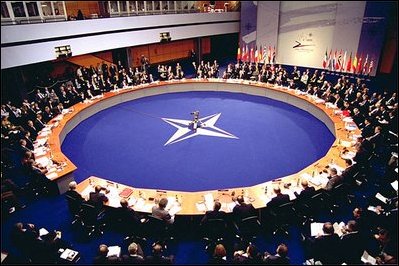
A new globalization has defined the twenty-first century. The trends toward more open trade encouraged the creation of large trading alliances like the European Common Market, and now the European Union, and the NAFTA trade agreement between the United States, Canada, and Mexico. Yet challenges for the West remains with big business, environmental needs, and technological changes. The rise of terrorism and forced migration have also presented new needs. Although challenges remain, there are a few reasons to be optimistic that the Western world can help play a significant role in bridging the gap between the poorer Global South and the more wealthy Global North, between the haves and the have-nots, however defined.
(Credit: NATO-Summit 2002. This file is a work of an employee of the Executive Office of the President of the United States, taken or made as part of that person's official duties. As a work of the U.S. federal government, it is in the public domain.)
Upon completion of this module, you will be able to:
- Discuss the impact of globalization, trade, and multinational corporations on politics and people
- Identify debates about the environment and how the Western community has sought to address climate change
- Analyze the impact of the internet and social media on society and how it has changed over time
- Explain the ongoing challenges and solutions to Western peace and security, including its response to terrorism, migration, and human rights
To achieve these objectives:
- Read the Module 11 Introduction.
- Read Chapter 11 in Western Civilization II.
- Complete the Discussion, Source Assignment, Assignment, and Quiz.
Module Pressbooks Resources and Activities
You will find the following resources and activities in this module at the Pressbooks website. Click on the links below to access or complete each item.
-

In this module you will take your final exam/submit your final assessment [choose one] for this course. Read the instructions carefully and take note of any special submission guidelines.
To replace image, double click the image placeholder. Select 300–400 pixels wide, and update the description of image. Include attribution of your image (Title, Author, Source, License).Upon completion of this module, you will have:
- Read and viewed the final assessment instructions
- Scheduled your exam with the proctoring service [if applicable]
- Prepared and submitted your final assessment
To achieve these objectives:
- Read and view the contents of the module book "Exam Information and Instructions" [if exam only]
- Review the final assessment guidelines in your syllabus to make
sure you are ready. Click on [Title of Assessment below] and follow the instructions.
- Log in to the proctoring service and take your exam. [if exam only]
